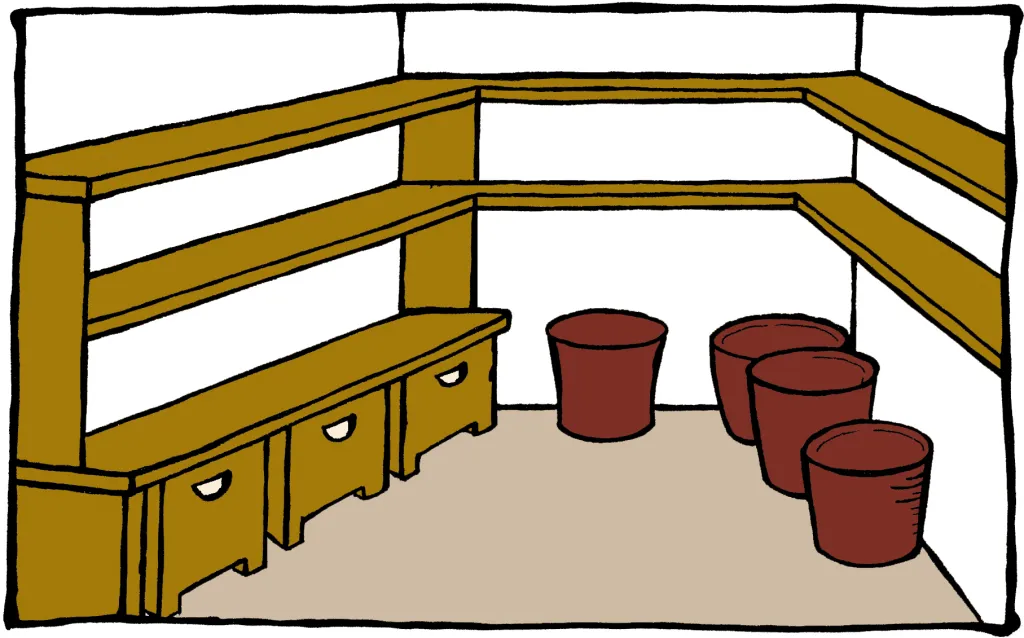walk in freezer cost
The Cost of Walk-In Freezers An Overview
Walk-in freezers are essential components for various businesses, especially in the food service and retail industries. They provide a controlled environment that preserves perishable items, ensuring food safety and extending shelf life. However, the cost of these units can vary significantly based on several factors, including size, insulation quality, components, and installation requirements.
Initial Costs
The initial purchase price of a walk-in freezer is one of the most significant expenditures a business will face. Prices can range from a few thousand to tens of thousands of dollars, depending on the size and specifications. A standard walk-in freezer of around 8'x10' can cost anywhere from $5,000 to $10,000, while larger units measuring 10'x20' or more may exceed $20,000. Customization, such as special shelving, advanced refrigeration technology, and energy-efficient features, can further increase costs.
Installation Expenses
In addition to the purchase price, installation costs must also be considered. Proper installation is crucial to ensure that the unit operates efficiently and maintains the desired temperature. This process often requires professional assistance, which can add $1,000 to $5,000 to the total cost, depending on the complexity of the installation. Factors that influence installation costs include location, foundation work, and the need for electrical or plumbing adjustments.
walk in freezer cost

Operational Costs
Once a walk-in freezer is in operation, businesses must account for ongoing operational expenses. Electricity costs are a significant factor, as these units require substantial power to maintain sub-zero temperatures. On average, a walk-in freezer might consume between $100 to $400 per month, depending on usage, local energy rates, and energy efficiency. Regular maintenance expenses, which include checking the refrigeration system, seals, and lighting, should also be budgeted to avoid costly repairs down the line.
Long-Term Savings
While walk-in freezers represent a substantial upfront investment, they offer significant long-term benefits. By effectively preserving food inventory, businesses can minimize waste and optimize inventory management. Moreover, energy-efficient models can lead to notable savings on electricity bills, gradually recouping the initial costs.
Conclusion
When considering the cost of a walk-in freezer, businesses must look beyond the initial price tag. By factoring in installation and operational expenses, as well as the potential for long-term savings, they can make informed decisions that align with their needs and budget. Ultimately, investing in a quality walk-in freezer can lead to improved efficiency, reduced waste, and increased profitability in the competitive food industry.
















































































































